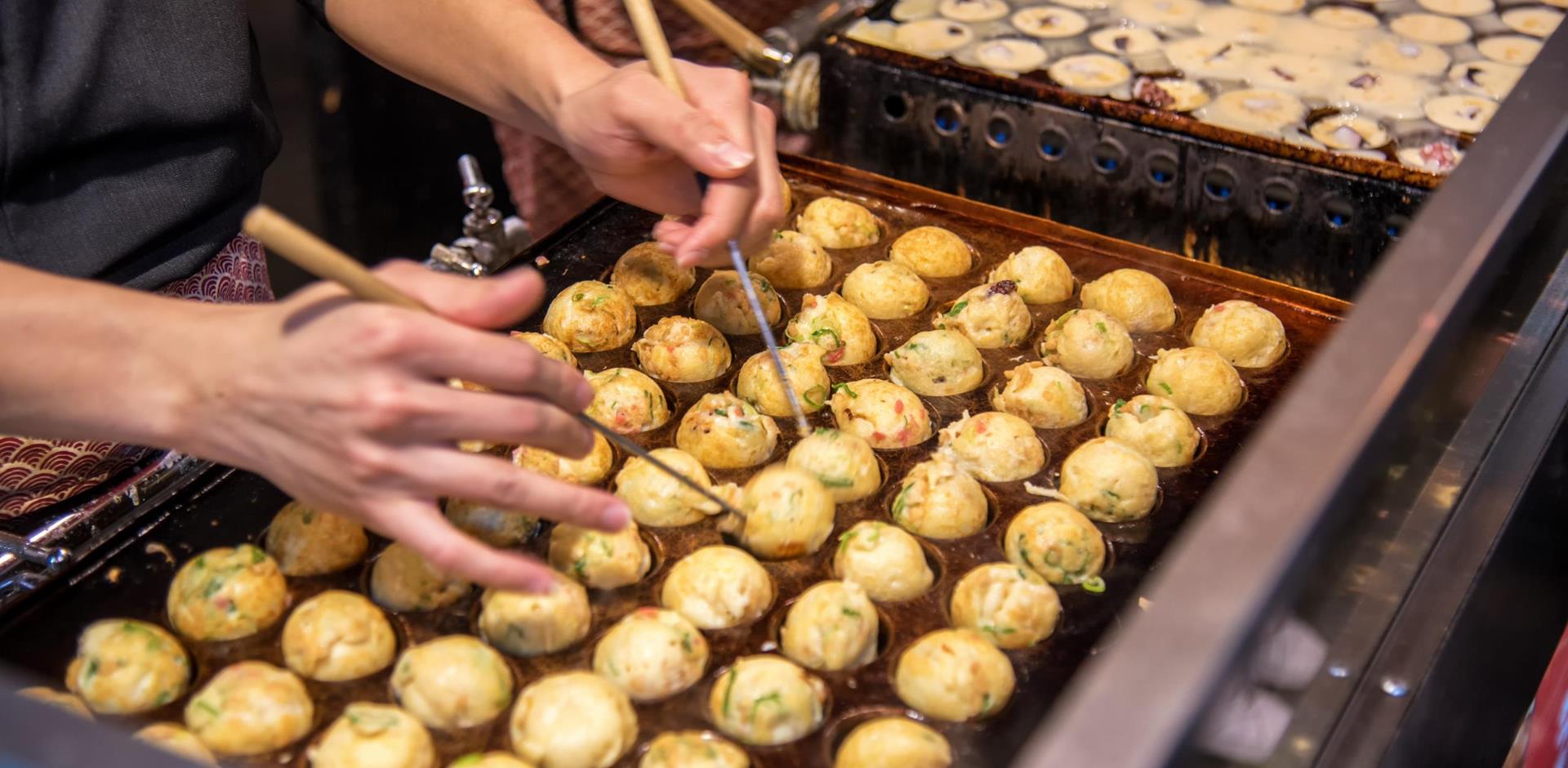
Eat like a local in Japan
Food is chief amongst Japan’s myriad attractions, and eating like a local is high on most bucket lists. Be sure to sample these delicacies on your travels
Japan is abrim with Michelin-starred restaurants – Tokyo has more than any other city – but don't overlook the delectable street food served from mobile stalls. There are also plenty of opportunities for hands-on lessons here, whether it's learning how to make authentic sushi or following the instructions of a tea master. Here is a plateful of must-dos and must-tastes during your Japanese gourmet holiday.
Toyosu Market tour and sushi making
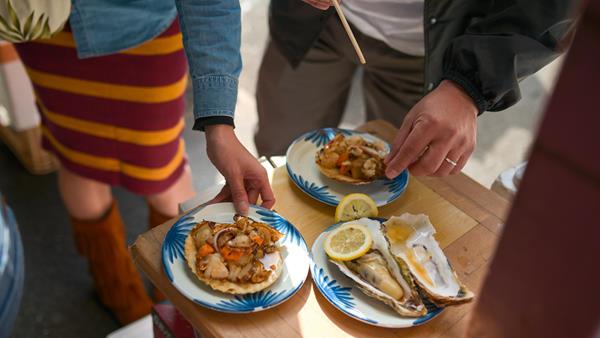
Toyosu Market, which replaced the historic Tsukiji Fish Market in 2018, is the perfect place to discover the sea-to-fork culture in Tokyo. There are ready-to-eat bites always within sight, and the day’s freshest catch lined up on display. In the morning, watch the tuna auction take place within this vibrant market atmosphere. Afterwards, it’s time to step into the kitchen for an introductory sushi-making lesson to discover this icon of Japanese dining.
Tokyo street food tour
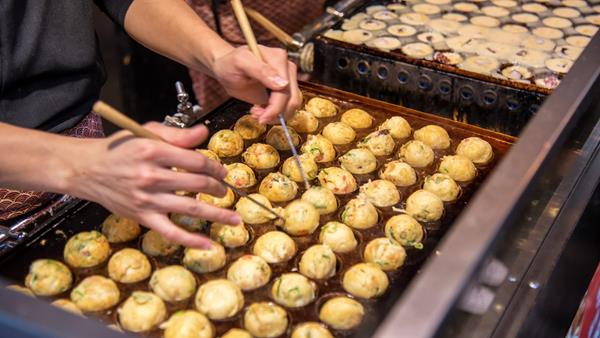
One Tokyo experience that shouldn’t be missed is a street food tour, where you can sample some new and tasty bites. Try takoyaki – fried and battered octopus served with green onions and a unique sauce. Shioyaki is fire-cooked mackerel which comes served on a stick and seasoned with salt – a simple but exquisite snack. Another street food staple that needs to be tried is kate pan, a sweet bread filled with Japanese curry. We can take you on a taste tour around a variety of venues, from street-side stalls to tiny pubs known only to the locals.
Tea ceremony in a Zen temple
One of the most exciting ways to understand the Japanese take on cuisine is to go behind the scenes in one of Kyoto's Zen temples. Meet with a tea master for an exclusive ceremony, and listen as he lays out the important connection between Zen Buddhism and tea. The formal tea ceremony is an essential part of life in Japan, and the bliss it brings can be found throughout its many tea ceremony rooms, where the spiritual elements of tea and combined with the soothing precision of the ceremony.
Nishiki Market tour
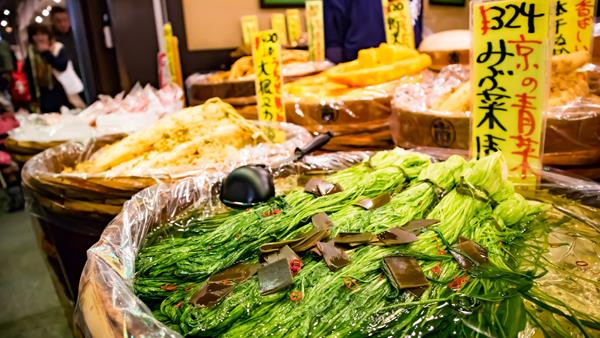
Uncover the secrets of Japanese eating with an insightful Kyoto food tour that will take you to the best stalls at the world-famous Nishiki Market. Meet the friendly vendors to hear about their experiences of this bustling location which is so full of heritage. Your guide will show you where to come by the rarest treats, but don’t miss out on the clothes, ornaments and other items you can find here. There’s no better way to end this vibrant day than to sip sake in a machiya townhouse before stepping into the kitchen to prepare an authentic dinner with the help of a local chef.
Dinner with a maiko
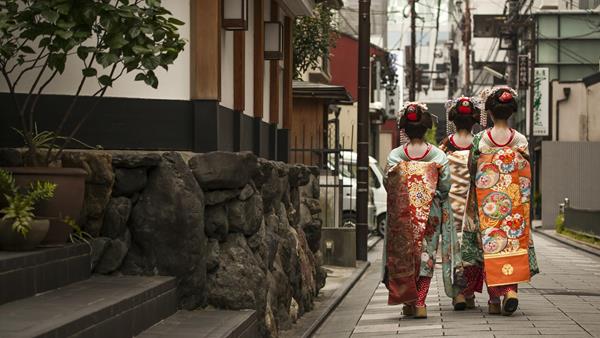
Another iconic way to experience food in Kyoto is to take an atmospheric walk through the charming streets of Gion, the city's Geisha district, before a truly special dinner. Enjoy the company of a Maiko, an apprentice Geisha, who’ll keep you entertained with fascinating conversation, revealing some of the mystery surrounding their lives. Enjoy their graceful traditional dances too, before a round of lively local drinking games. The food comes in a variety of courses offering a huge range of flavours, and you’ll leave with a head full of wonder at this extraordinary culture.
Osaka Street Food Tour
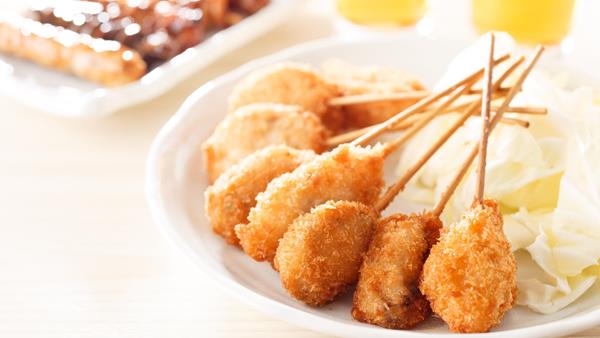
Osaka is home to many original flavours and recipes, and the city is full of mobile street stalls where you can find the best and most bizarre snacks. As you meander between bars and stalls, try kushikatsu, a kind of Japanese kabab skewer loaded with grilled and deep-fried meat, as well as Yakiniku, a charcoal barbeque of bite-sized western meats and vegetables. You’ll also find takoyaki balls, which are grilled balls of seafood and wheat flour that make for tasty finger food. Among the many other nibbles to try, enjoy the city sights as well as the vibrant atmosphere of Osaka at night.
Hida food & culture walk
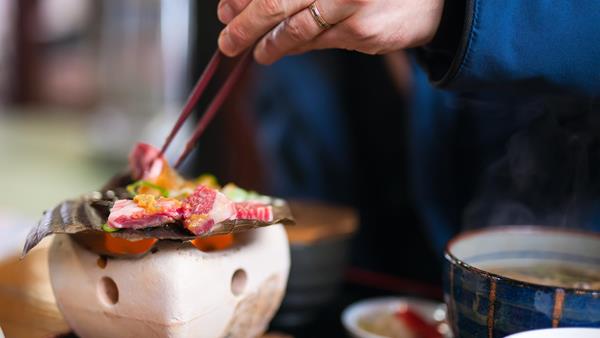
Takayama’s old town is full of traditional shops which specialise in the delicacies of this highland region. Hida beef, a local favourite, is extremely high quality and tender, and the best butchers are eagerly sought out. You can visit a sake brewery here too. Another way to get in touch with the eating habits of Japan is to take the Hida Furukawa cycling tour around this region to see the picturesque rice paddies where the key ingredient in much of the carbohydrates here is cultivated. These tranquil fields make the perfect backdrop as you explore the rural way of life.
Lunch with Ama divers
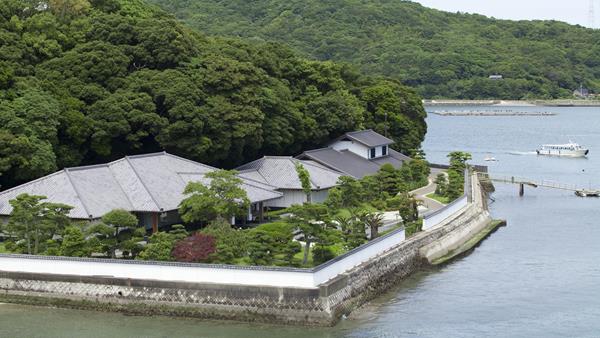
Giving some credibility to ancient myths of mermaid out at sea, the Ama divers are women-only group of free divers. For centuries, they’ve headed beneath the waves in search of pearls, oysters, abalone, seaweed and shellfish. Head to Mikimoto Pearl Island to learn about this long-standing tradition and witness an Ama demonstration. Afterwards, journey to the town of Osatsu, and visit the hut of an Ama diver who will prepare an array of splendid grilled seafood. After eating, the journey continues to the Ama Culture Museum, which showcases this unique lifestyle, before Ishigami Shrine, where the divers of old would pray for safety and a good catch.
Hungry for more? Here are some foodie facts to keep you going
- Japan’s traditional washoku cuisine has been recognised by UNESCO as an Intangible Cultural Heritage of Humanity, making Japan and France the only countries to receive a listing for a culinary tradition
- Among the Ama diving community, the average age is 65 – and Ise-Shima’s oldest free diver is in her late 80s
- The tea ceremony was actually borrowed from China many centuries ago. It arrived at the same time as Zen Buddhism, representing an integral link between the two practices
- Although Takayama is surrounded by the Japanese Alps and completely landlocked, it’s renowned for its seafood, which is sent up the passes from the ports of Toyama every day
- Tokyo has a staggering number of Michelin-starred restaurants – a total of 226 as of 2020. The Mandarin Oriental hotel is home to three restaurants which grace the list
- Kawayuka is a Kyoto tradition which involves dining on temporary platforms which are built over flowing water, bringing a cool breeze and tranquil setting to a summer dining experience
- Tailor-made holidays
- Cruise
- Travel edits
- Experiences
- Accommodation
- Escorted tours
- Tailor-made holidays
The Colours of Japan
Japan is a kaleidoscope of natural beauty, elegant architecture and cultural wonders
A taste of Japan
Let us reveal the secrets of sushi and sashimi as you learn to make soba noodles, sushi rolls and miso soup in Tokyo and Kyoto
The Islands of Okinawa
Explore two contrasting sides of Japan. Travel around the buzzing cities of Tokyo, Kyoto and Osaka, then slow the pace in the beautiful Okinawa Islands
Discover Japan
Get off the beaten track and discover the many wonders of Japan
Classic Japan
Let our Japan tour guide you to the highlights of this extraordinary and complex island nation
Luxury Japan honeymoons
Sparkling with cultural capital, a Japan honeymoon is sure to seduce you. From vivid Tokyo to intoxicating Kyoto – and all scenic spots in between, our Japan honeymoon ideas are far-ranging and always luxurious
- Cruise
- Travel edits
- Experiences
- Accommodation
- Escorted tours
